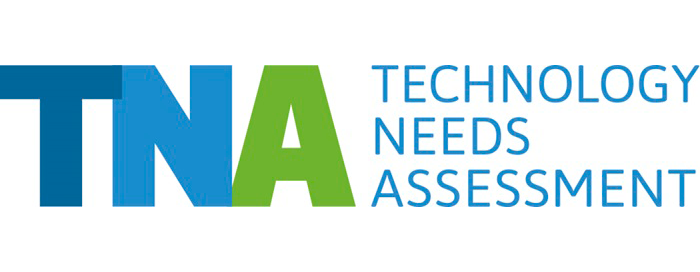Armenia completed its TNA in 2015, linking the process and its results with similar activities in relation to climate change.
Roughly half of Armenia’s land is 2,000 m above sea level, its high altitudes and arid lands providing harsh conditions for the important agriculture sector, which is responsible for around 20% of GDP. Armenia faces diminishing rainfall and temperatures rising faster than the global average, both effects stressing the need for rapid adaptation responses to safeguard its agriculture sector, as existing desertification processes are accelerating.
From 2009 to 2013 damage to agriculture from droughts, hailstorms and early frosts amounted to around US$ 177 million. The energy sector is challenged by fluctuations and reductions in rainfall is the energy sector, as hydropower provides 40% of Armenia’s energy.
One of the main risks identified with attempts to introduce many technologies is a lack of interest on the part of both communities and relevant decision-makers. The TNA’s stakeholder-driven approach has addressed these barriers and triggered both interest and knowledge generation among decision-makers and communities.
Based on the TNA and funded by the Green Climate Fund, Armenia’s Ministry of Nature Protection launched a project in 2016 to build the market for energy efficiency building retrofits in Armenia. This project will lead to sizeable energy savings and GHG emission reductions (up to 5.8 million tCO2 of direct and indirect emission savings over the 20-year equipment lifetimes), green job creation and energy poverty reduction. It will directly benefit over 200,000 people and will catalyse private and public sector investment of approximately US$ 100 million.
Armenia’s TNA contributes to the following Sustainable Development Goals:







